York, England and its Roman origins.
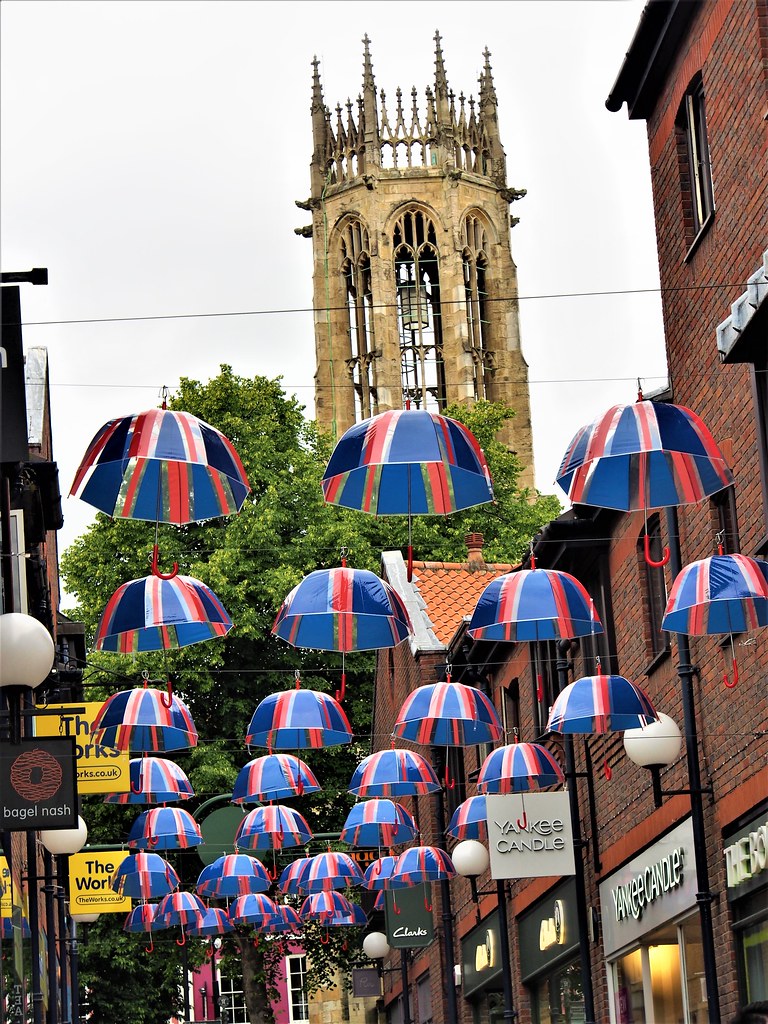
Street decoration in York
York is an ancient city in northern England. Here visitors can connect with the city's growth over the past 2000 years, from the Roman period then Viking, medieval and modern. However, this post places an emphasis on the Roman period.
York was known as Eboracum. Consistent with other Roman forts the plan at York was based on a playing card design with strong external defences and a grid of streets inside. Hadrian visited in AD 120 in context of initiative to build his famous wall. Initially York was garrisoned by the Ninth Legion and subsequently the Sixth Legion.
The civilian section contained public buildings such as bath houses and temples plus fine houses for the wealthy.
The Emperor, Septimus Severus used York as a base for military campaigns in the north during 208-211. In AD 306 the emperor Constantinus I died in York and his son Constantine the Great was acclaimed emperor by the army.
The Romans abandoned Britain in AD 410 as a consequence of which York fell into decline.
York Minster
Minster was an Anglo-Saxon name for a missionary church. The first Minster in York was established in AD 627. This was superseded by the Norman Cathedral in 1080 under auspices of the Roman Catholic Church. This structure was subsequently embellished and extended through to 1534 when the Church of England ( Episcopalian) separated from Rome. Subsequent to the 16th century three major fires occurred which required restoration plus underpinning of the central tower (in 1967) which was in danger of collapse.
The actual site of the Cathedral dates back to the Roman period. The Undercroft of the Cathedral contains evidence of the Roman Principia, a Roman wall painting and drain.
Today, the Cathedral is the seat of the Archbishop of York and home to the Minster Choir, one of the U.K.’s top choirs.
As will be evident from the images herein the Cathedral is well endowed with stained glass and outstanding architectural features which date back to the medieval period.
Other Aspects of York
- The Jorvik, Viking experience allows visitors to connect with the time (from late 9th century to first half of 10th century) when York was dominated by Norse warrior-kings.
- Yorkshire Museum which holds an excellent collection of Roman era artefacts.
- The Multangular Tower which has Roman origins.
- Roman Bath (in basement of a pub).







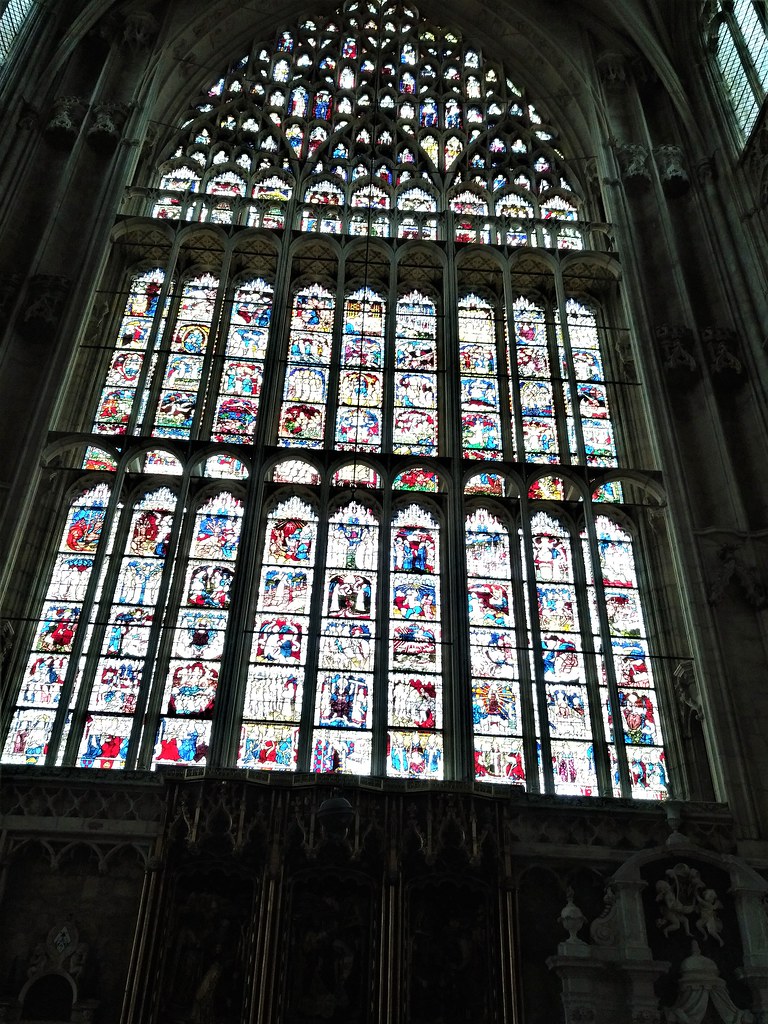
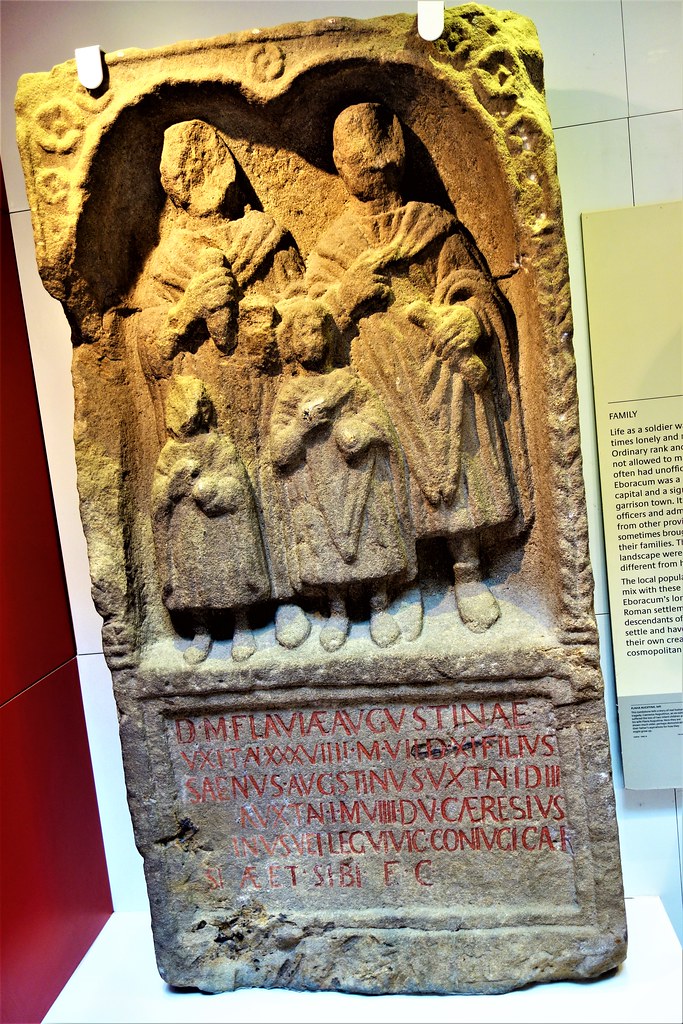
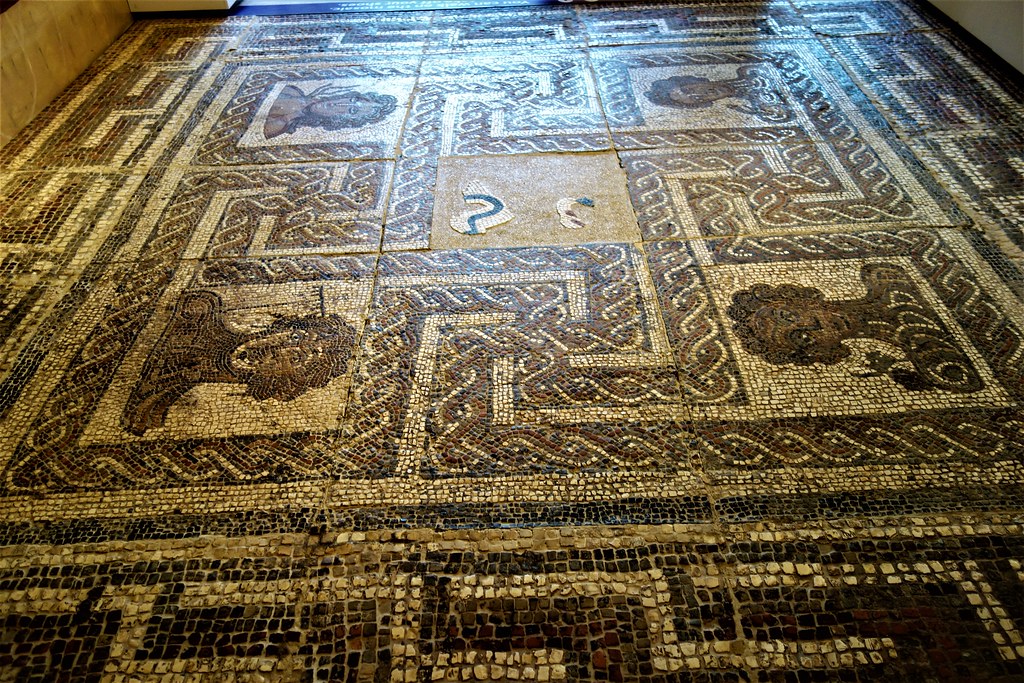
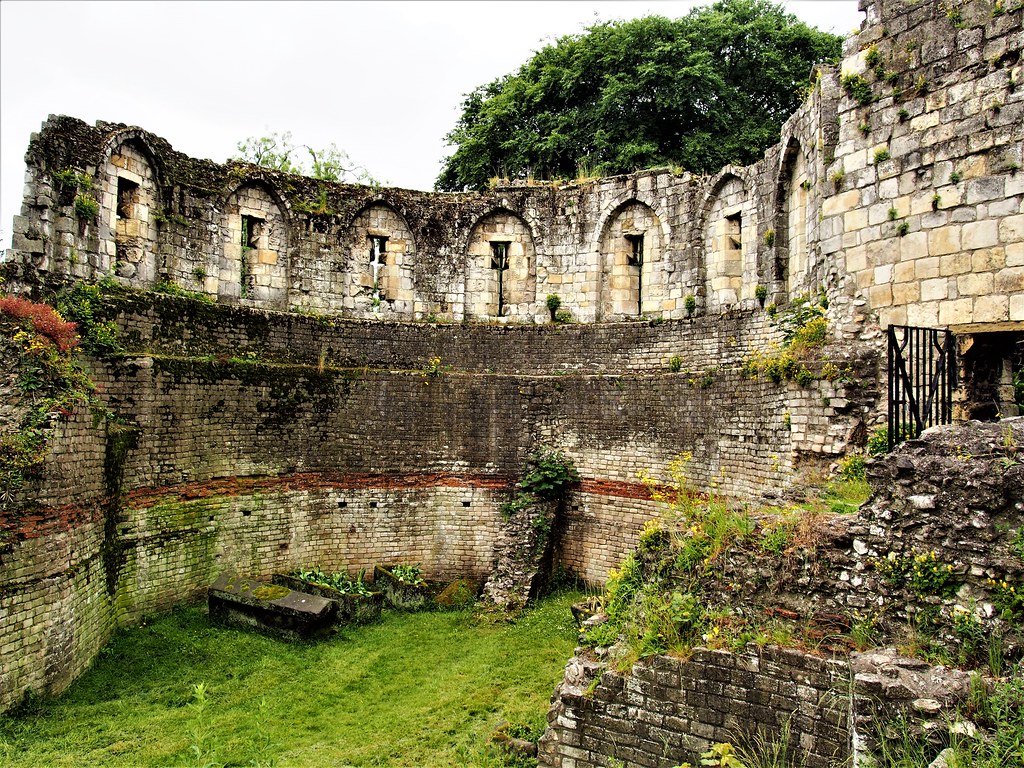
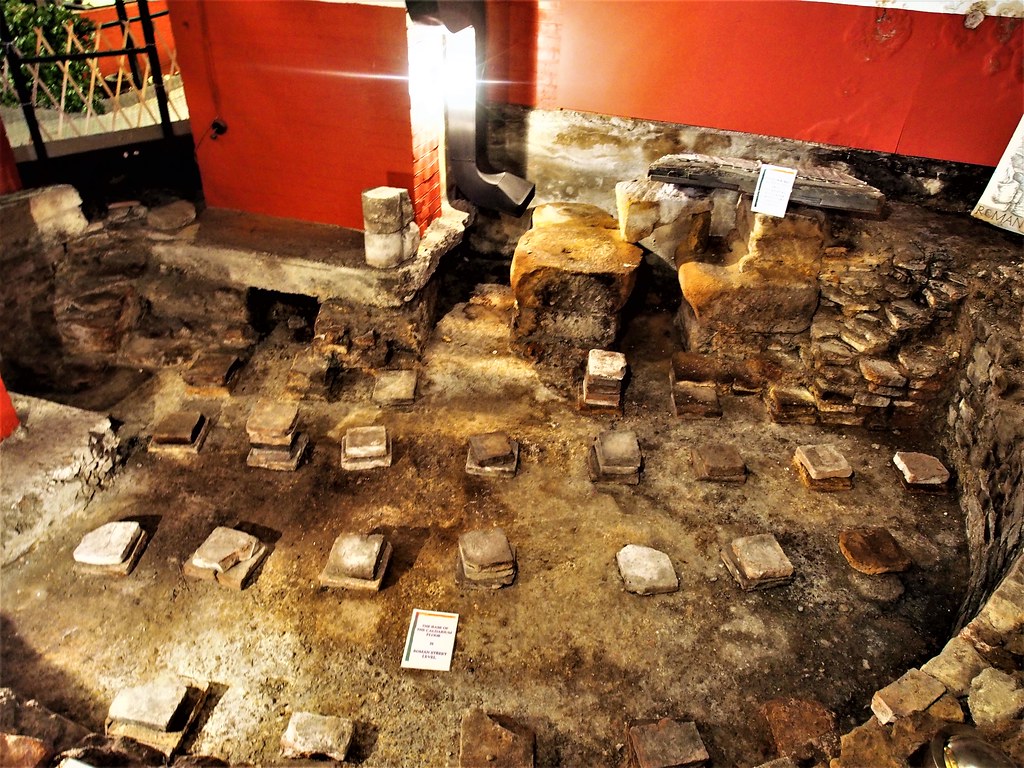

Comments
Post a Comment